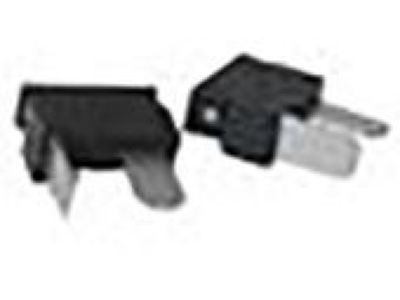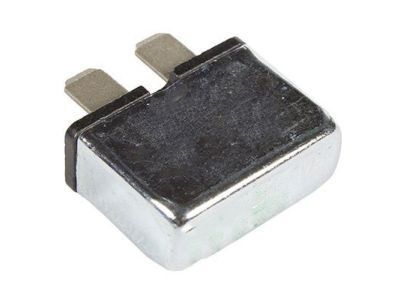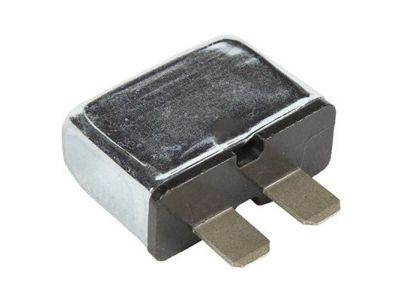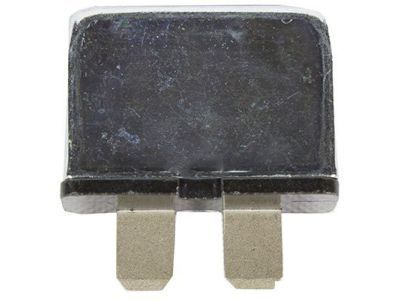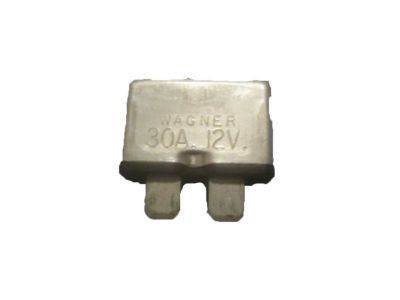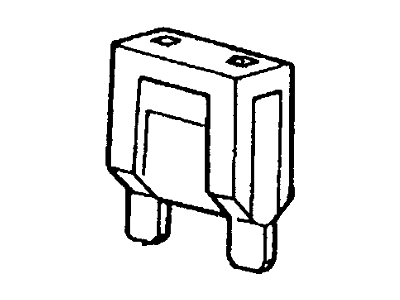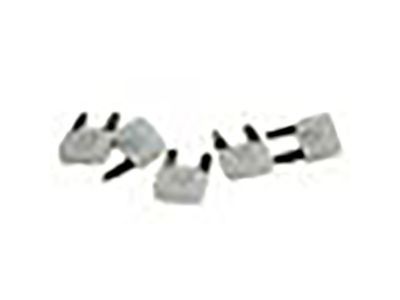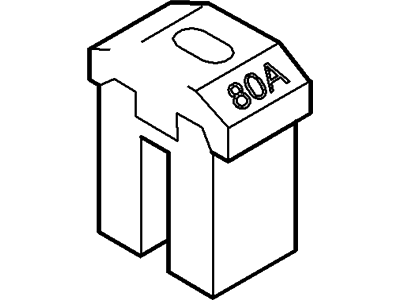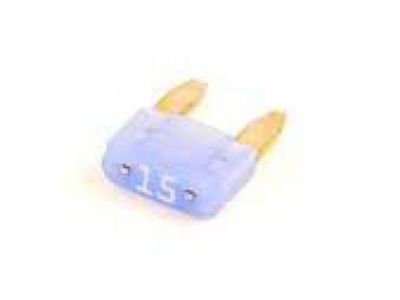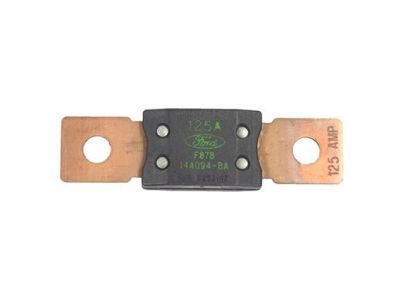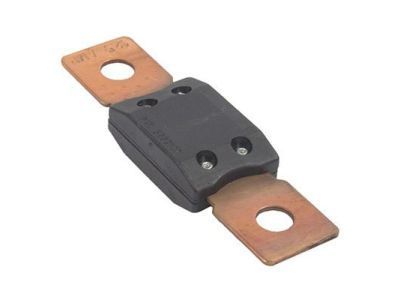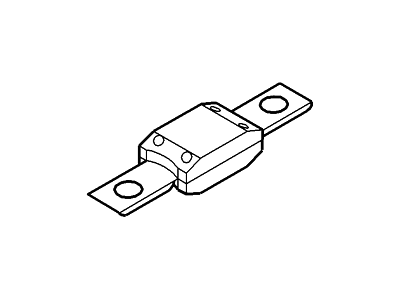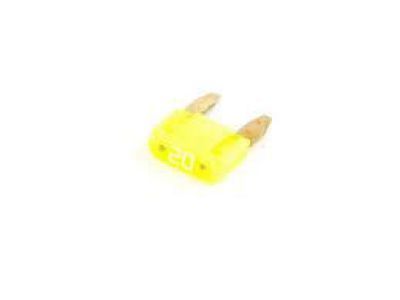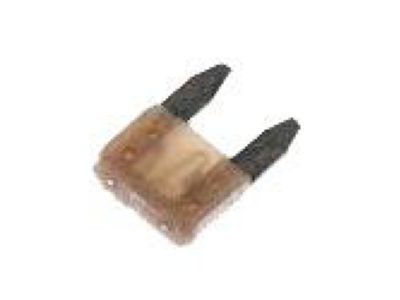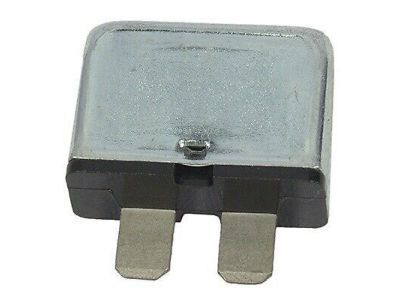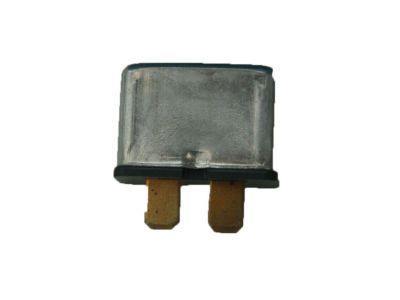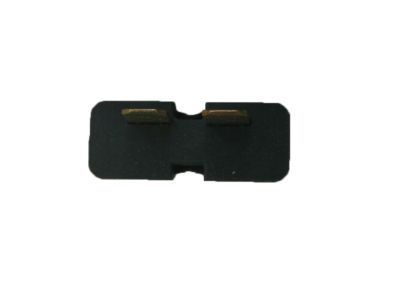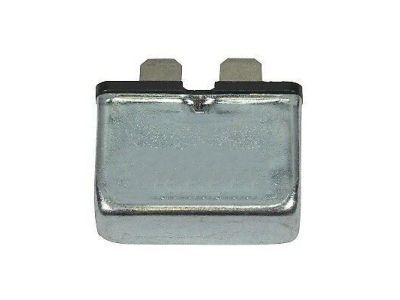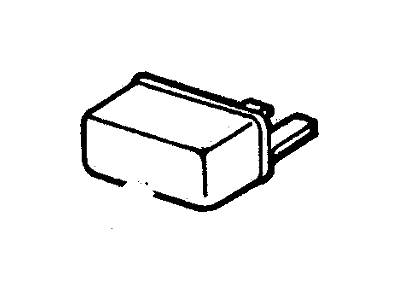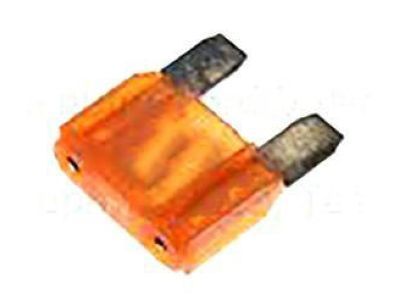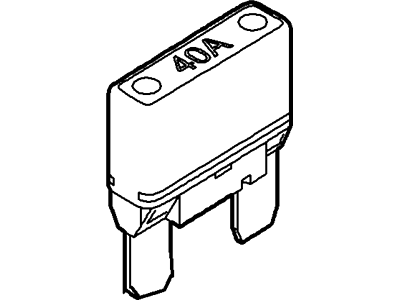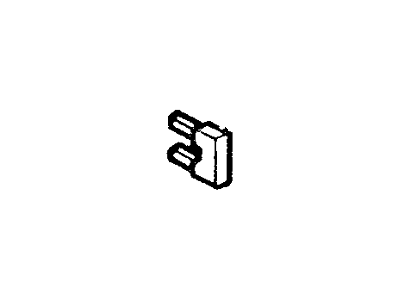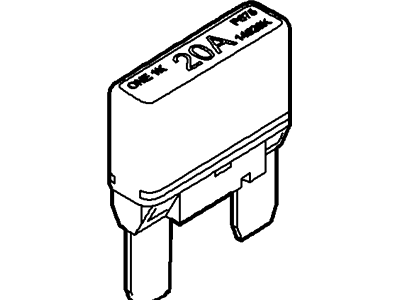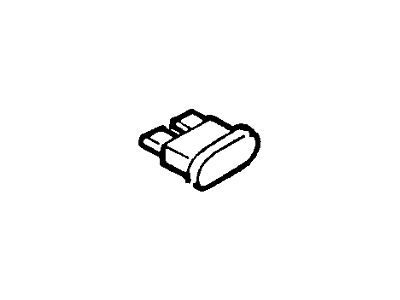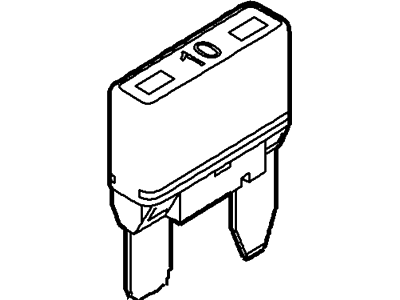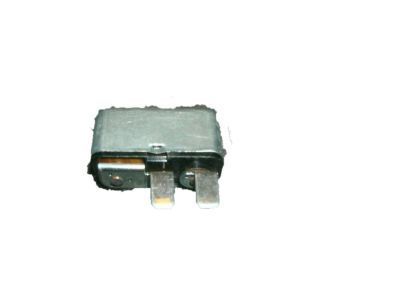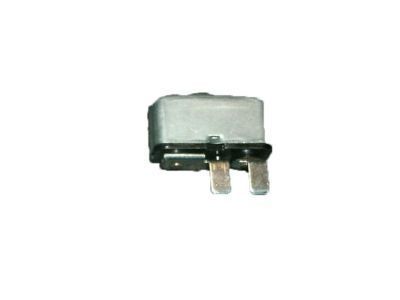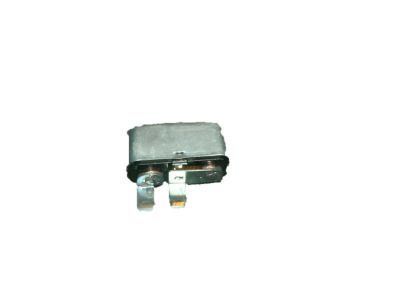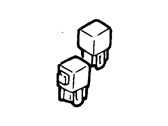

My Garage
My Account
Cart
Genuine Ford Crown Victoria Fuse
Circuit Fuse- Select Vehicle by Model
- Select Vehicle by VIN
Select Vehicle by Model
orMake
Model
Year
Select Vehicle by VIN
For the most accurate results, select vehicle by your VIN (Vehicle Identification Number).
77 Fuses found
Ford Crown Victoria Diode Assembly
Part Number: F5TZ-14A604-A$2.93 MSRP: $4.17You Save: $1.24 (30%)Ships in 1 Business DayFord Crown Victoria Circuit Breaker Assembly
Part Number: D9AZ-14526-A$16.38 MSRP: $25.45You Save: $9.07 (36%)Ships in 1-3 Business DaysFord Crown Victoria Circuit Breaker Assembly
Part Number: F58Z-14526-B$0.88 MSRP: $1.36You Save: $0.48 (36%)Ships in 1-3 Business DaysFord Crown Victoria Circuit Breaker Assembly
Part Number: F2UZ-14526-M$0.88 MSRP: $1.36You Save: $0.48 (36%)Ships in 1-3 Business DaysFord Crown Victoria Circuit Breaker Assembly
Part Number: F2UZ-14526-N$0.92 MSRP: $1.44You Save: $0.52 (37%)Ships in 1-3 Business DaysFord Crown Victoria Fuse
Part Number: F87Z-14526-BA$4.39 MSRP: $6.82You Save: $2.43 (36%)Ships in 1-3 Business DaysFord Crown Victoria Circuit Breaker Assembly
Part Number: F2UZ-14526-P$0.91 MSRP: $1.41You Save: $0.50 (36%)Ships in 1 Business DayFord Crown Victoria Circuit Breaker Assembly
Part Number: F2UZ-14526-L$0.88 MSRP: $1.36You Save: $0.48 (36%)Ships in 1-3 Business DaysFord Crown Victoria Circuit Breaker Assembly
Part Number: D9AZ-14526-B$5.79 MSRP: $9.00You Save: $3.21 (36%)Ships in 1-3 Business DaysFord Crown Victoria Fuse
Part Number: E9TZ-14526-B$1.64 MSRP: $2.55You Save: $0.91 (36%)Ships in 1-3 Business DaysFord Crown Victoria Fuse
Part Number: E8UZ-14526-A$13.73 MSRP: $18.75You Save: $5.02 (27%)Ships in 1-2 Business DaysFord Crown Victoria Circuit Breaker Assembly
Part Number: F6HZ-14526-L$13.92 MSRP: $21.64You Save: $7.72 (36%)Ships in 1 Business DayFord Crown Victoria Fuse
Part Number: F8SZ-14526-AA$2.25 MSRP: $3.49You Save: $1.24 (36%)Ships in 1 Business DayFord Crown Victoria Fuse
Part Number: F8SZ-14526-BA$3.83 MSRP: $5.95You Save: $2.12 (36%)Ships in 1-3 Business DaysFord Crown Victoria Fuse
Part Number: F8SZ-14526-DA$1.64 MSRP: $2.55You Save: $0.91 (36%)Ships in 1 Business DayFord Crown Victoria Circuit Breaker Assembly
Part Number: D9ZZ-14526-D$1.10 MSRP: $1.70You Save: $0.60 (36%)Ships in 1-3 Business DaysFord Crown Victoria Circuit Breaker Assembly
Part Number: D9ZZ-14526-H$16.38 MSRP: $25.45You Save: $9.07 (36%)
| Page 1 of 4 |Next >
1-20 of 77 Results
Ford Crown Victoria Fuse
We provide a wide range of Ford Crown Victoria Fuse at the best prices possible. If you need Ford Crown Victoria Fuse, you can shop with confidence on our website. All our OEM parts come with a manufacturer's warranty and are delivered to your door step with a fast delivery service.
Ford Crown Victoria Fuse Parts Questions & Experts Answers
- Q: How are the electrical circuits protected and what should be considered when replacing fuses on Ford Crown Victoria?A:The electrical system of the vehicle is protected by use of fuses, circuit breakers, and fusible links. For the models prior to 1991, the fuse block is found beneath the left side of the dash board and anchored with two screws. Models from 1992 onward feature two fuse blocks: There is one box, for the standard fuses, which is located under the instrument panel on the left side of the dashboard and the second box is for high current fuses located in the engine compartment, near the battery. The main fuse block is located beneath the driver's seat and the underhood power center is near the battery and has Relays, as well as high-amperage fuses. When changing fuses of high current it is advisable to remove the cable connected to the negative terminal of the battery. The miniature types of fuses are employed in the passenger compartment fuse block, which enables their removal and installation by fingers. If circuitry has gone wrong, it's best to start with the fuse, the easiest way is to use a test light to identify power flow at the end of the exposed tips of the fuses. A blown fuse may be seen if power is on one side and off on the other, or by looking at the fuse and seeing that the element looks melted. Throw always the blown fuses for the proper fuses since fuses of other ratings physically look the same with the right ones but shall not be used due to improper protection of electrical circuits. If a replacement fuse blows almost instantly, it ought to be left alone until the problem which is normally a short circuit caused by a disconnected or worn out wire is diagnosed and corrected.
